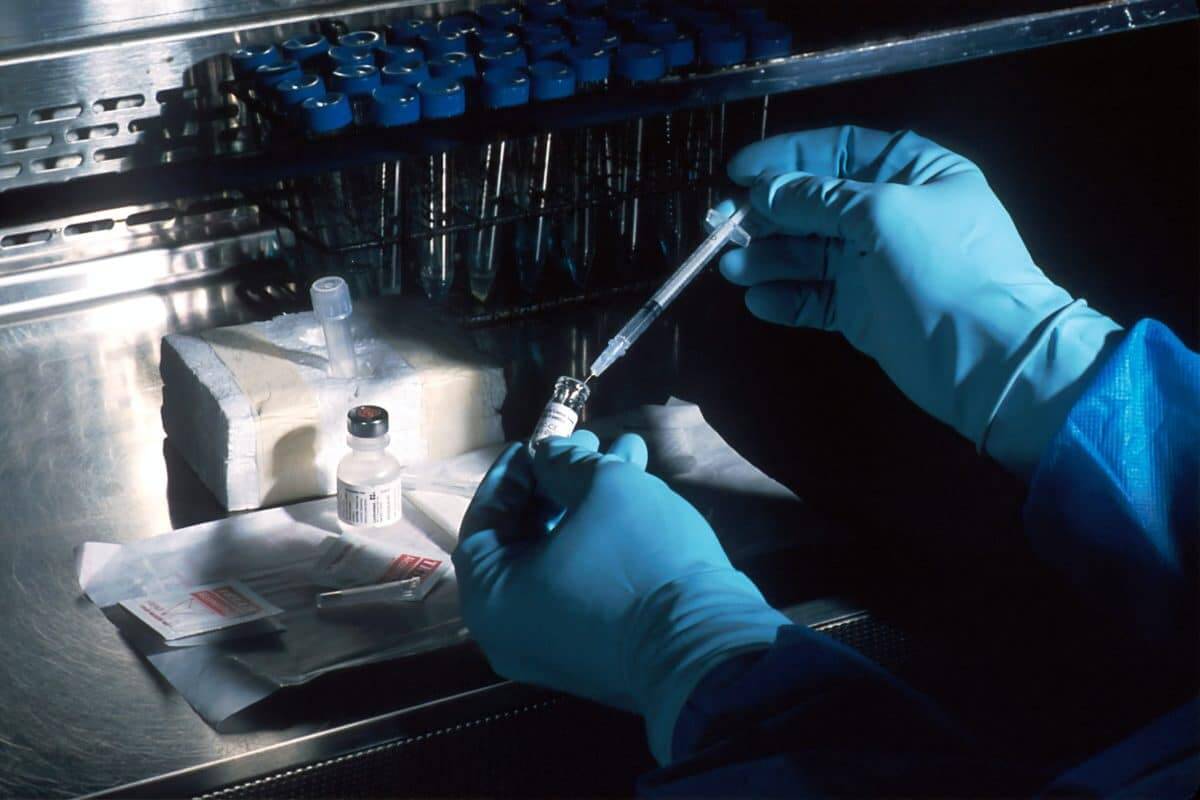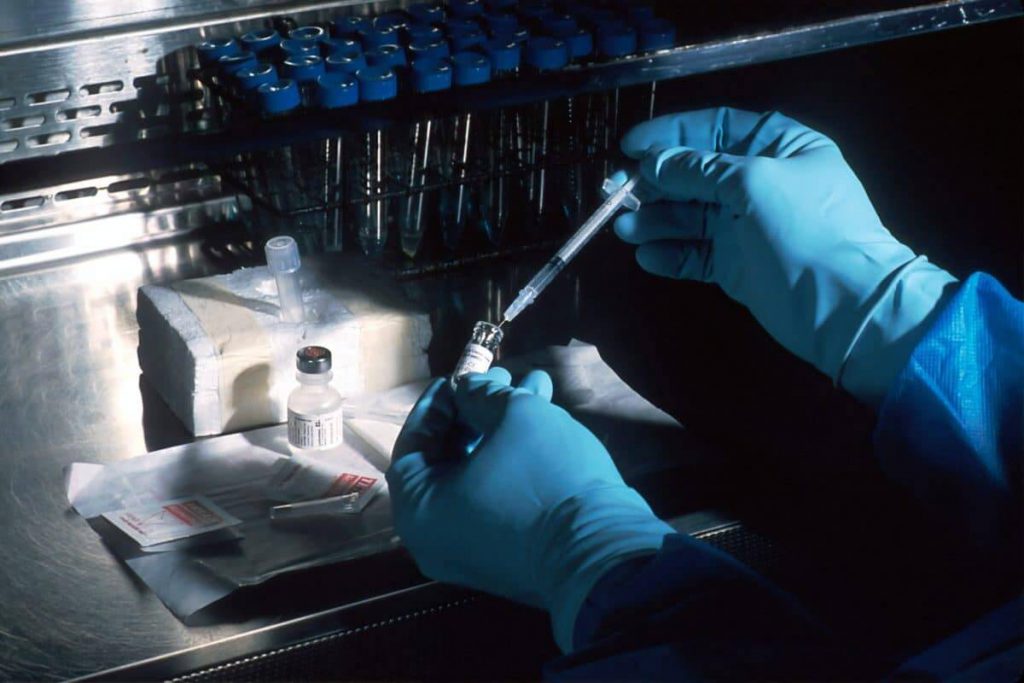
Stock Market Update: Gamida receives a commitment to borrow $25 million
The global stock market for regenerative medicine has recently gone through a transitional period. It will likely continue to develop quickly over the assessment period. The goal of regenerative medicine is to restore function to diseased cells, organs, and tissues. They do this by utilizing stem cells and the body’s natural regeneration abilities.
According to a commitment letter signed by Gamida Cell, certain funds administered by Highbridge Capital Management agreed to provide the business $25 million in senior secured, convertible term loans. The company stated in a press statement on September 28 that the letter does not serve as a finalized credit facility and is subject to a number of conditions, including the conclusion of Gamida’s $20 million equity offering, among others. Following the pricing of the stock offering, Gamida shares is down in premarket trading. GMDA fell 18.88% to $1.59.
Tissue engineering is also a component of regenerative medicine. With the goal of creating biological scaffolds that imitate cartilage, bone, and other structures that enable the formation of tissue and organs, bioengineers are collaborating with biologists, nanotechnologists, physicians, and other specialists.
Additionally, recognizing and encouraging an organ or tissue’s capacity for self-healing is the main goal of regenerative medicine. Many adult tissues include stem cells. However these cells are dysfunctional due to illness. It is possible to develop a wide range of innovative treatments for degenerative diseases. They do this by using specific variables to activate and stimulate vital processes in a damaged organ.
What’s going on with the stock market for regenerative medicine?
On a commercial scale, numerous researchers are using regenerative medicine techniques to regenerate stem cells and tissues, and in some clinical trials, using innovative therapies serves as a springboard to more contemporary methods of treating degenerative disorders. As a result, regenerative medicine is becoming more popular as an intrinsic therapy. The market for it will most likely develop at a faster rate throughout the forecast period.
Government and private funding to support the development of regenerative medicine is one of the main driving forces behind the market’s expansion. Along with these factors, the market will start to increase over the forecast period. This will be due to the rising prevalence of hereditary and chronic diseases, as well as the rising cost of healthcare. But during the anticipated period, market expansion is likely to be stopped by new competitors and failed products.
Based on type, the market for regenerative medicine is divided into cell-based and acellular products. The regenerative medicine market is divided into cell therapy, gene therapy, tissue engineering, and immunotherapy segments. The orthopedic and musculoskeletal problems, dermatology, cardiology. Diabetes, central nervous system diseases, ophthalmic, autoimmune, uncommon diseases, and dental and oral diseases. The list is the different subgroups of the regenerative medicine market.
North America, Latin America, Europe, Asia-Pacific, the Middle East, and Africa are all part of the regenerative medicine market. During the mentioned period, North America will grow more rapidly than other regions. The availability of financing for research will grow alongside the construction of research institutions.


